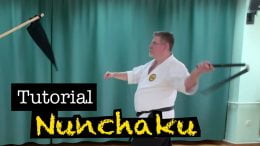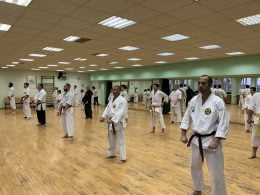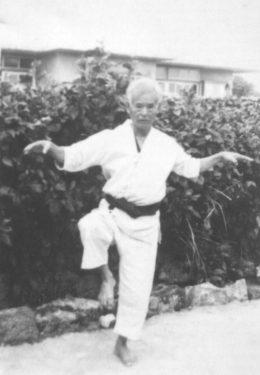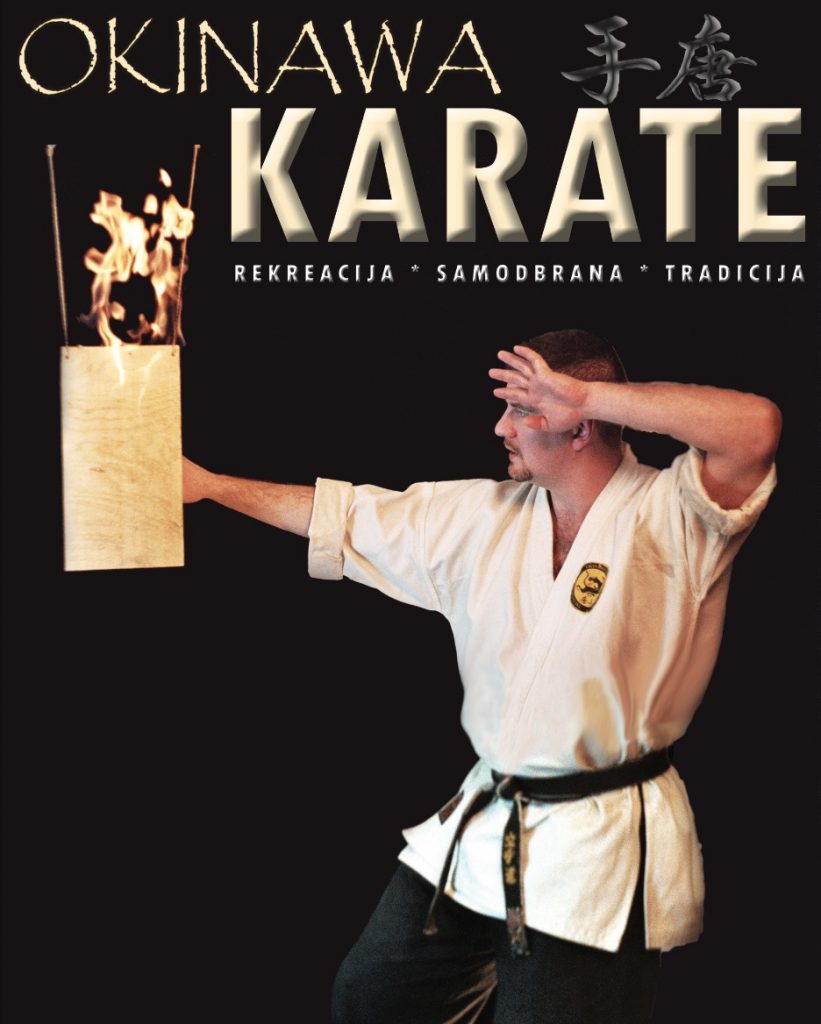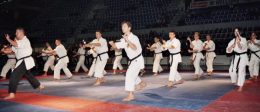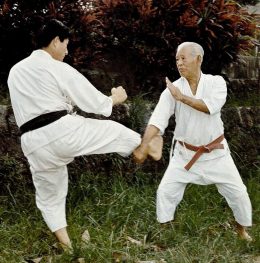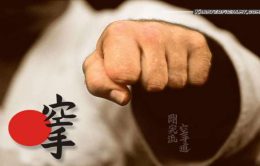Main sequence of Matayoshi nunchaku kata is very interesting because it is not simple figure “8” movement as in other known okinawan kobudo styles. If you look closely you will see that there are two straight strikes and two diagonals. Point here is to be able to strike with nuchaku from each corner of you body – upper corners (left and right shoulder) and lower corners (left and right hip). I tried to make it more clearly with this small demonstration, but it is not easy to do movement slowly with nunchakus.
You can watch the video on the YouTube channel by clicking on the thumbnail below:
I hope you like it.
